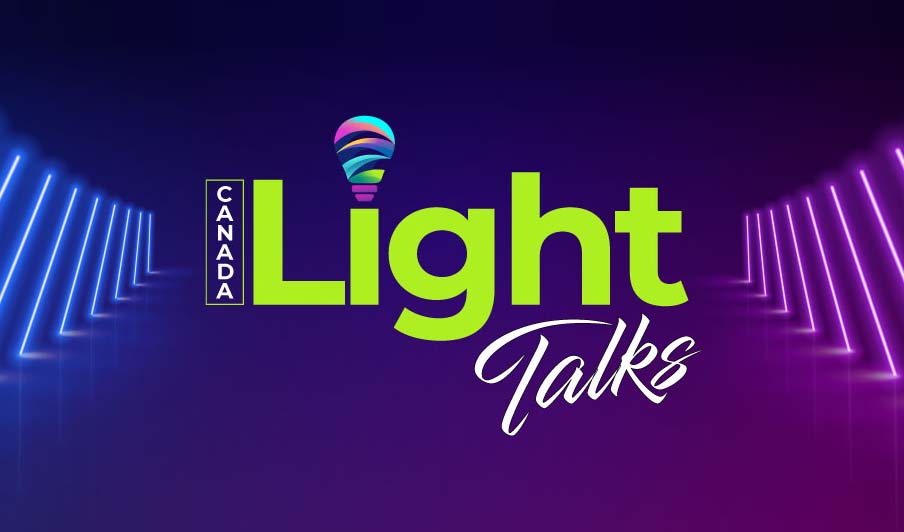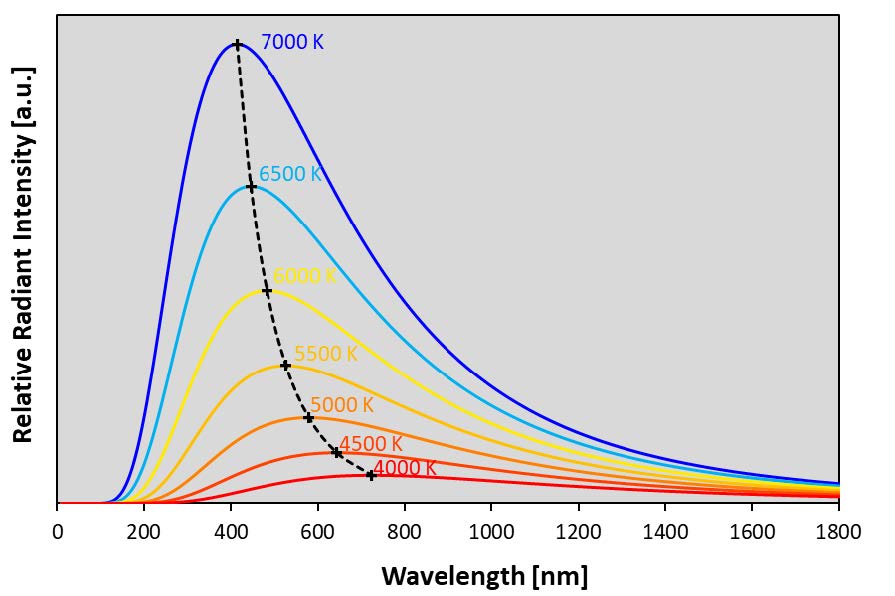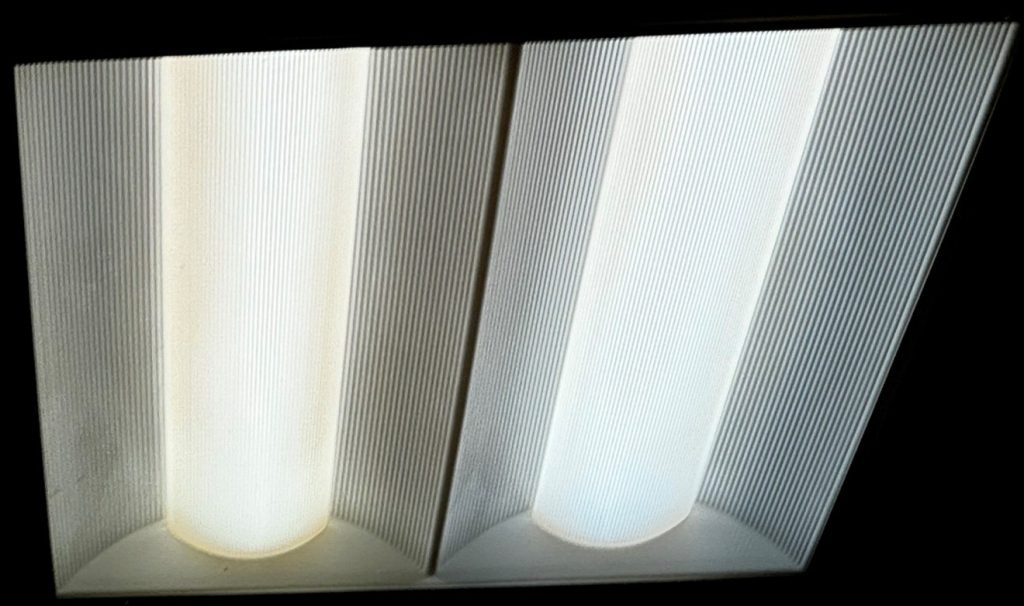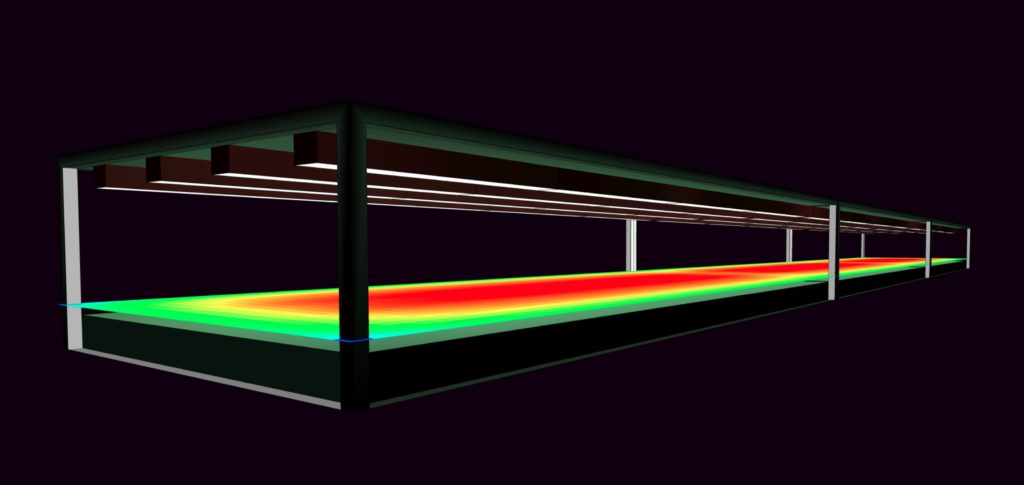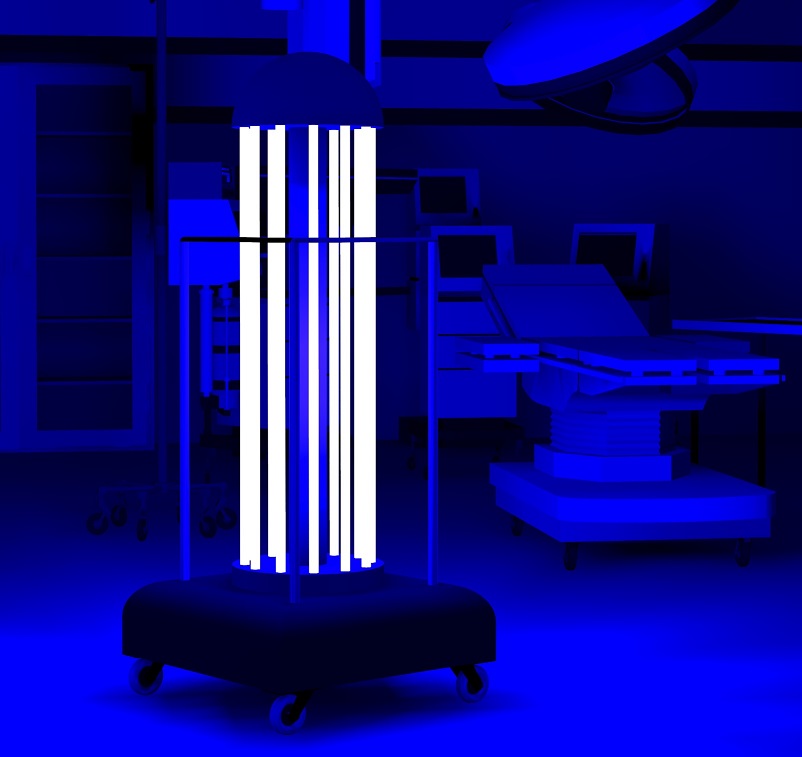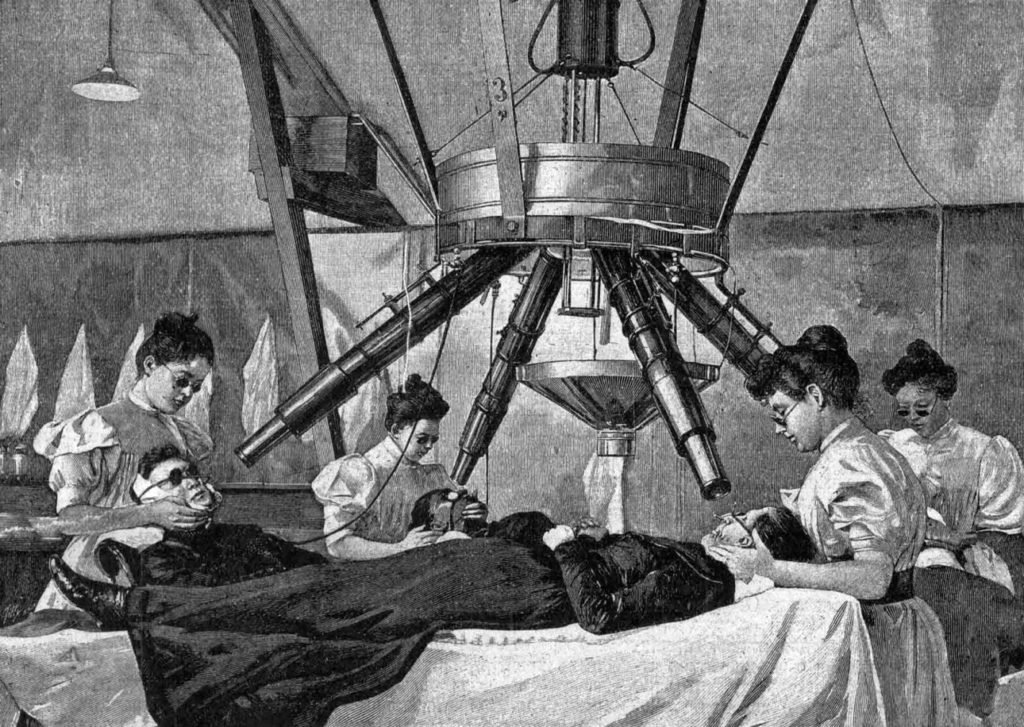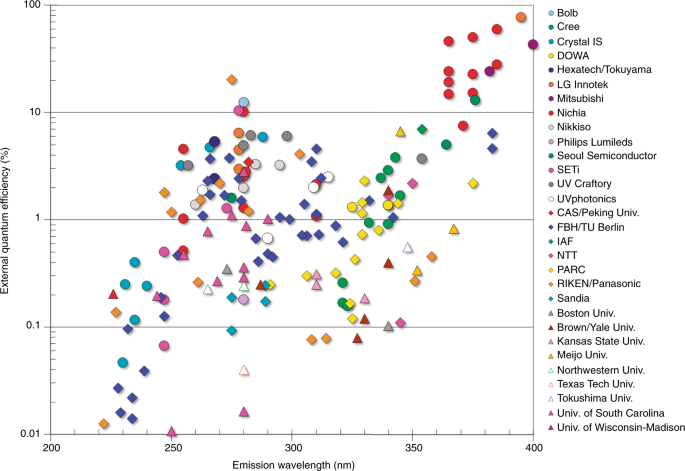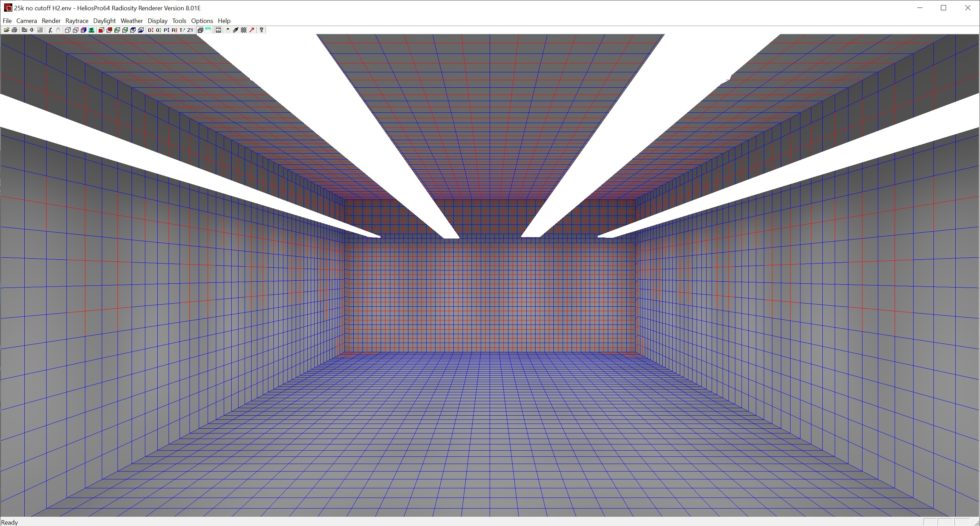Illuminate the Future of Light and Well-Being at Canada Light Expo 2025 in Toronto, ON
FOR IMMEDIATE RELEASE Illuminate the Future of Light and Well-Being at Canada Light Expo 2025 in Toronto, ON November 12 & 13, 2025. On November 13 at 8:15 AM, at the Canada Light Expo, All Things Lighting® Association will host an interactive workshop titled...
Refinements to the Worthing Relationship – A Quantum Version of Wien’s Displacement Law
Refinements to the Worthing Relationship – A Quantum Version of Wien’s Displacement Law Eric Bretschneider, Ph.D. Abstract Wien’s Displacement Law is a simple equation that allows calculation of the peak wavelength for a black body light source as a function of...
Finding the Danger Zone of the Circadian Stimulus Model: A Summary
Author: Alexander Willemsen, Degree of Master of Science of Engineering Based on a paper authored by Eric Bretschneider, Ph.D. The Circadian Stimulus (CS) model is one of the most well-known models for quantifying the circadian impact of lighting. One striking...
Can Designs and Measurements Based on the Circadian Stimulus Model Stand the Test of Time?
Author: Eric Bretschneider, Ph.D INTRODUCTION When considering the potential circadian impact of lighting, lighting designers have a choice between three different models: melanopic equivalent daylight illuminance, or m-EDI [CIE 2018]; equivalent melanopic lux, or...
Lighting Uniformity in Horticulture
Written in 2015, “Greenhouse Design and Control” (Ponce et al. 2015) is extraordinarily comprehensive in its coverage of greenhouse design issues, from site selection through structural load bearing analysis and ventilation technologies to greenhouse automation using adaptive neural fuzzy inference systems. On the topic of greenhouse lighting, however, it has only this to say: “The light level in the greenhouse should be adequate and uniform for crop growth.”
Modeling Spherical Irradiance for UV-C Air Disinfection
We have been using ultraviolet radiation as a means of disinfection for over a century. However, it has been the unfortunate events of the past year that have led to an explosion of interest in ultraviolet germicidal irradiation (UVGI) systems. From mercury vapour...
Visible Light Disinfection
In summary, visible light disinfection technology may be useful in some applications, but it is by no means a panacea. When designing or specifying a disinfection system, both the lighting designer and the client will need to thoroughly understand the capabilities and limitations of the technology, and agree upon its purpose.
Quantifying Light Pollution Sources
time light pollution is sadly familiar to all of us. While our grandparents and great-grandparents may talk fondly of seeing the Milky Way in their youth, with thousands of stars scattered across the dark summer sky, we are mostly content with seeing a few dozen stars through the never-ending dusk of urban and suburban skies.
Defining Far-Ultraviolet
In these uncertain times, there is increasingly persuasive evidence that “far-UV” radiation is effective in inactivating the SARS-CoV-2 virus and other pathogens, but without the health risks of germicidal ultraviolet radiation. Unfortunately, this technology has...
Visual Glare and CIE 117-1995 – NEMA White Paper
The CIE Unified Glare Rating (UGR) metric has been use by the architectural lighting industry since it was first published by the CIE a quarter-century ago (CIE 117-1995, Discomfort Glare in Interior Lighting). Originally popularized by European lighting...

